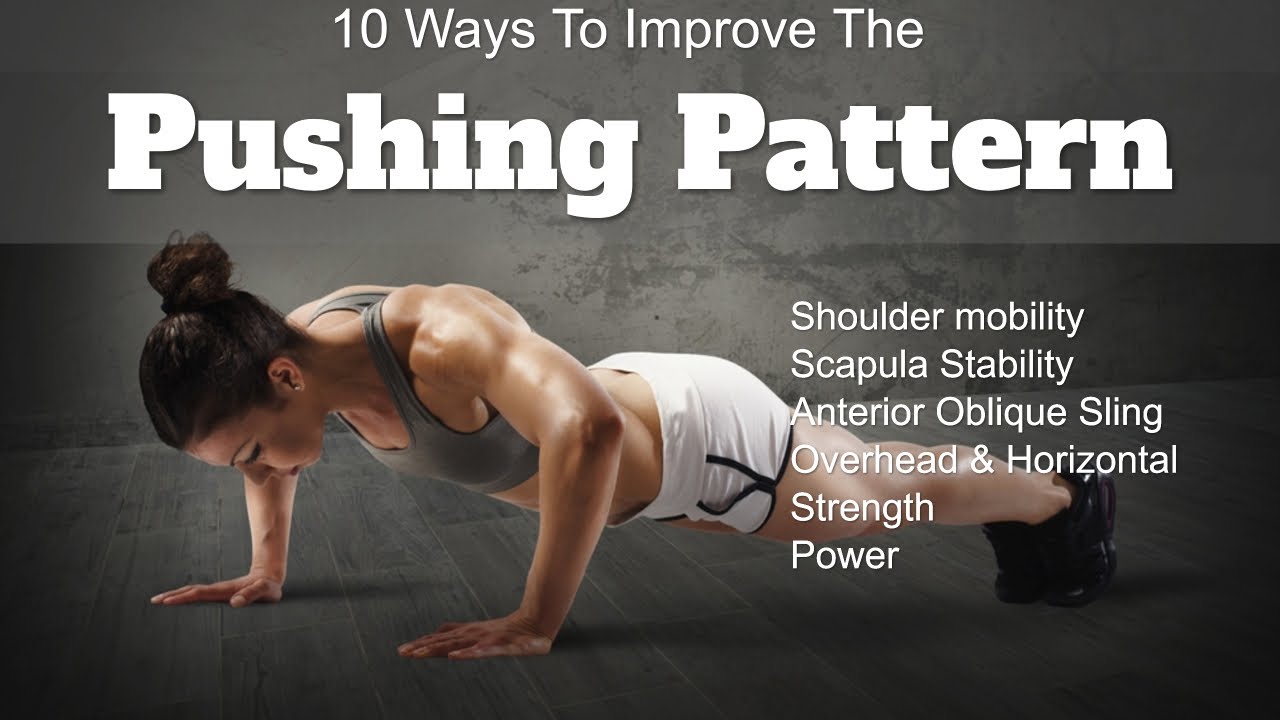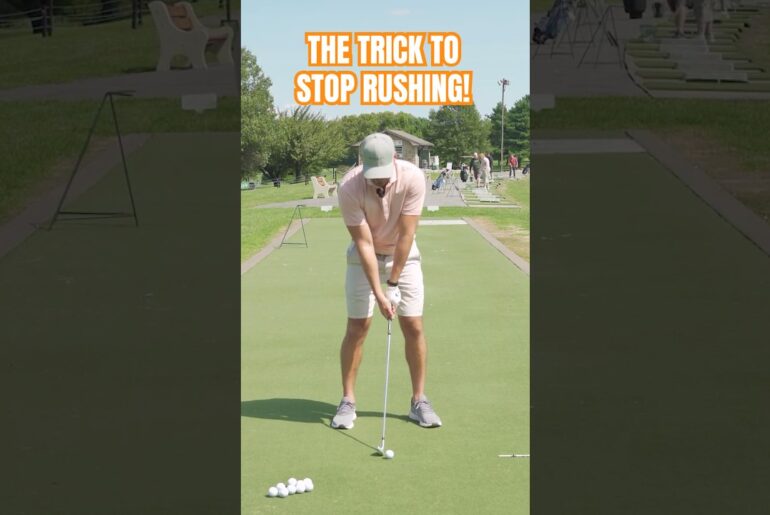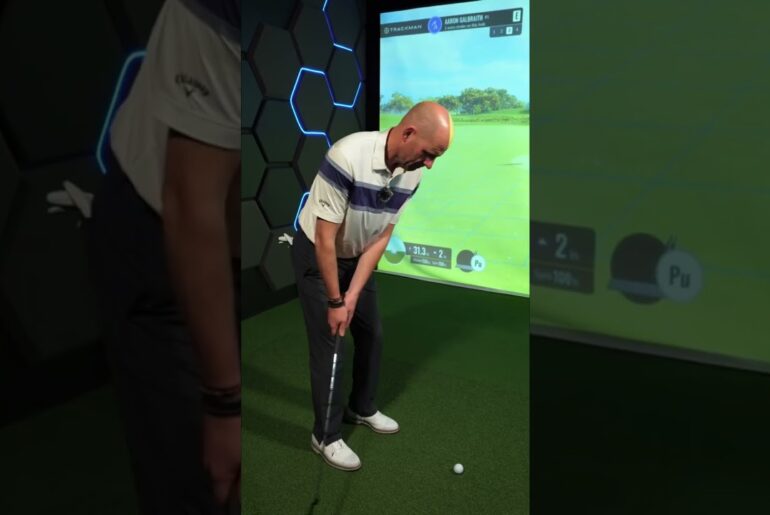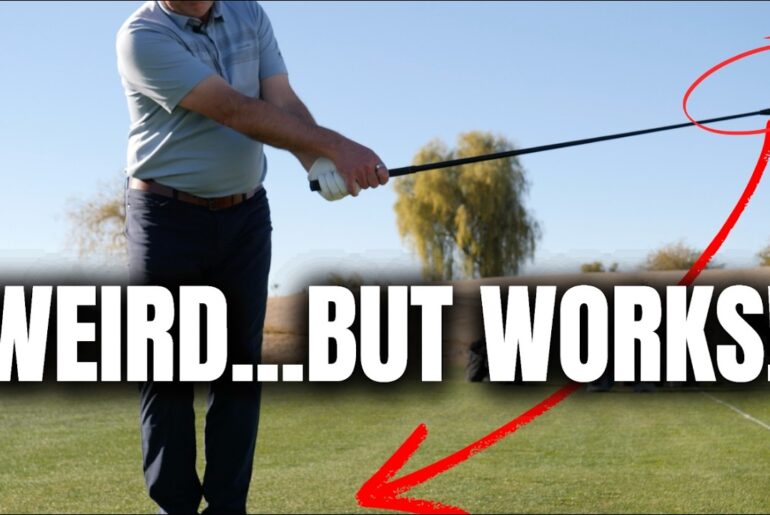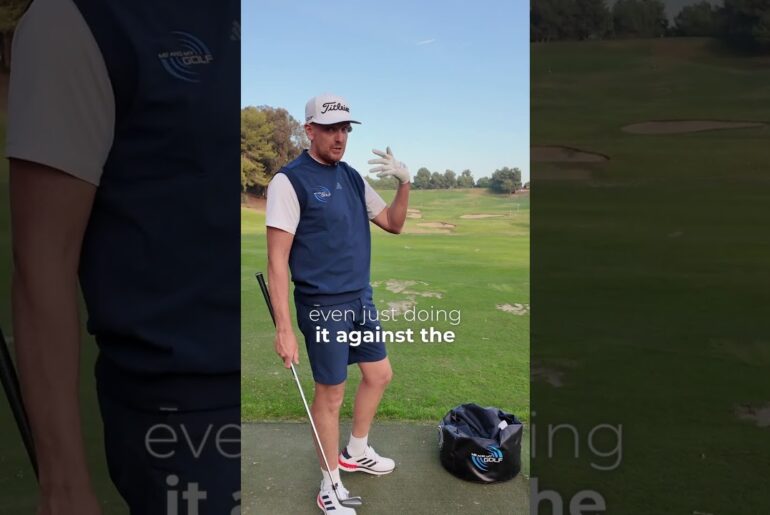This is the 3rd video in our 7 part series on improving Functional Movement Patterns. Our previous video focused on the squat and this time we look closely at the PUSHING pattern. Most people would be familiar with exercises like push-ups and bench press for improving strength with this particular movement. However, as I have discussed several times in the previous videos strength is not of importance to improving movement and especially stability. And of all the movement patterns to look at this one has the most unstable joint in the body (being the shoulder) to contend with.
Make sure you read the detailed article below to see more about Functional Movement.
I also suggest if you have any type of shoulder injury or weakness to grab a copy of our special report on Shoulder Pain as this will explain how to design a corrective program with the right mobility, stability and strength exercises in gradual step by step progressions. Click the link below to grab a copy of this
he pushing action is very important for use in daily life and a weakness with pushing movement is linked to many of the shoulder and neck problems people suffer with. Most of the exercises people struggle to gain strength are with pushing, in particular females who have never completed strength training before. But true pushing movement patterns are not limited to the upper body, as the trunk and legs play pivotal roles in creating optimal positioning, stability and timing to execute this movement efficiently. This is the mistake so many people make who limit their training to body building exercises that eliminate the use of the legs.
Key muscles used in these actions include the chest muscles of Pec Major and Pec Minor, the triceps, the deltoid muscles, the upper traps and very importantly the SERRATUS ANTERIOR. This muscle is used mainly in pushing actions, and easily develops weakness if not used at all, or if trained incorrectly. The first few exercises shown in this video focus very closely on this muscle for this reason. You can read more about this in the articles in the links below.
Why Serratus Anterior is so important for the shoulder
Winged Scapula Corrective Exercises
3 Key Factors To Heal an Injured Shoulder
Additional information relating to some of the exercises shown in the video are shown in these articles below that provide more detailed explanations and alternative examples.
Serratus Anterior Wall Slides
Single Cable Push & Anterior Oblique Sling
Push-ups
Upper Trapezius Exercises For Correct Shoulder Function
I hope you enjoy this video and gives you some great ideas of how to structure your training to improve functional movement.

